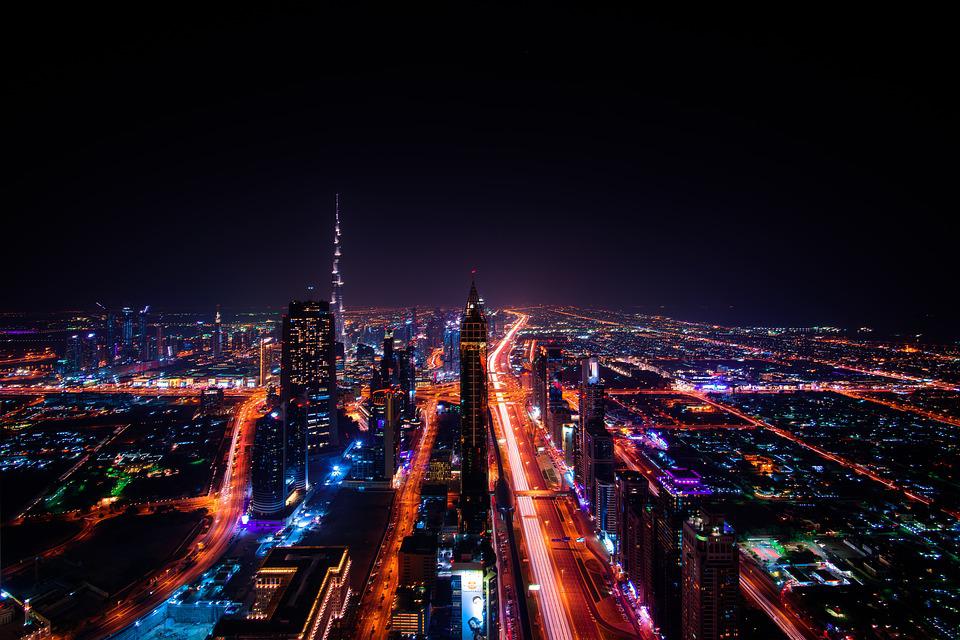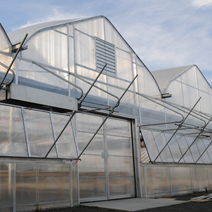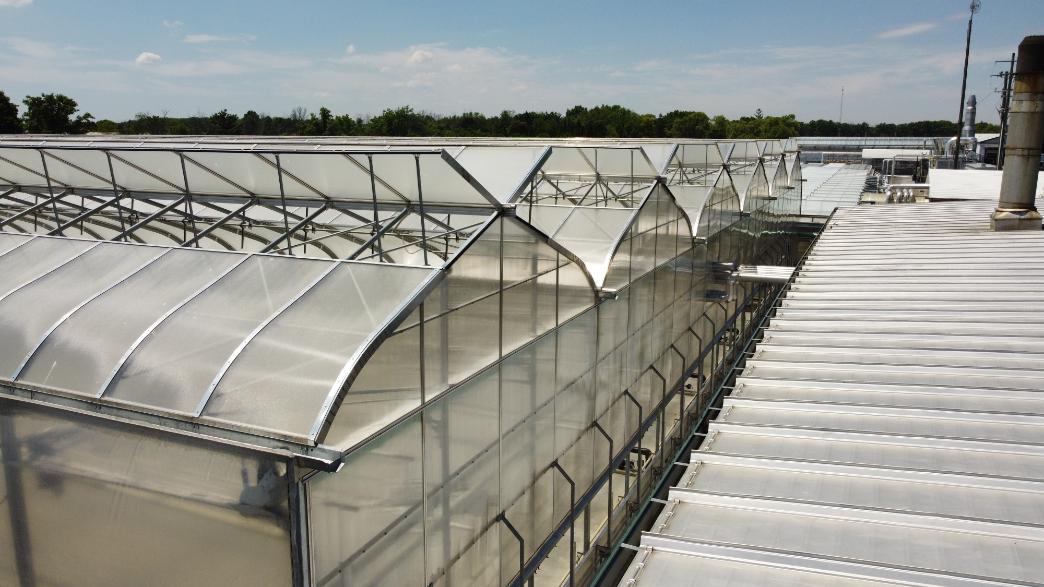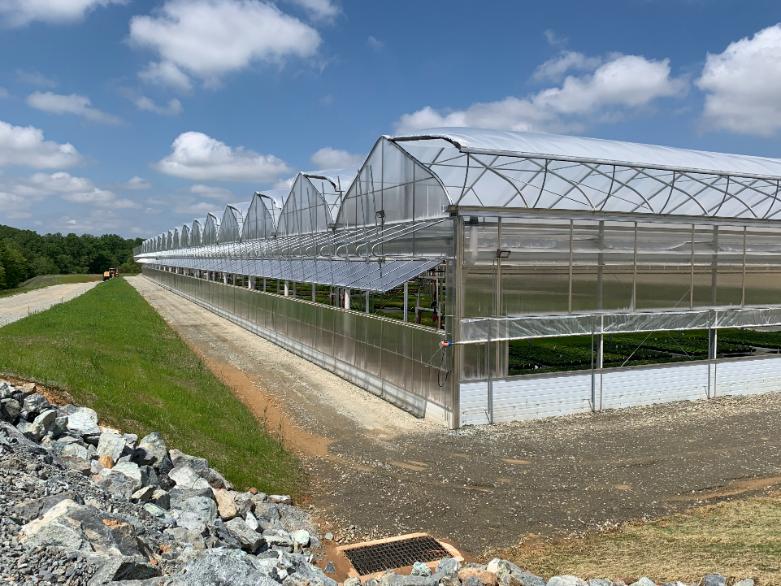Urban Farming: Rooftop Greenhouses vs. Vertical Farming
Urban Farming: Rooftop Greenhouses vs. Vertical Farming There are two different schools of thought for urban greenhouse development. The first is based on the proven commercial agricultural greenhouse model, modified in scale and design to fit on top of commercial buildings. Rooftop greenhouses have been built for years by companies like JGS, and Frank Jonkman. Traditional rooftop greenhouses have primarily been used for the purpose of research greenhouse facilities, and as part of teaching institutes. Newer minds have taken the rooftop greenhouse concept and built a business model for using the rooftop greenhouse not as a research center but as a commercial production greenhouse to supply the local market.
The second, and even newer concept to take hold in the urban agricultural movement is what has come to be known as Vertical Farming. Vertical farming is portrayed either as a growing system within the commercial greenhouse or rooftop greenhouse, or as a new architectural wonder built into the side of complex commercial high-rises, otherwise known as "Farmscrapers".
As urban populations continue to grow and the demand for locally sourced, sustainable food rises, finding the optimal balance between vertical farming vs. greenhouse methods becomes increasingly crucial. Ultimately, the convergence of these approaches may offer the most promising solution for meeting the food needs of rapidly urbanizing societies while minimizing environmental impact.

Proponents of rooftop greenhouses, in the urban greenhouse farming space, argue that a major advantage to this model is the ability to add on to existing downtown buildings. And companies like BrightFarms, Gotham Greens, and Lufa Farms appear to be making the rooftop urban farming concept a feasible business venture. However, it's important to recognize the key differences between this approach and vertical farming.
Rooftop greenhouses leverage existing infrastructure, minimizing land use concerns and offering the benefits of natural sunlight. However, they require additional engineering considerations compared to traditional field sites. Structural support, adjusted designs for unusual spaces, and downtown logistics all need careful planning. Once operational, a rooftop greenhouse functions similarly to a traditional one. While the scale might increase production costs, proponents argue that the reduction in transportation expenses when delivering directly to urban markets offsets these costs.
Vertical farming, in contrast, utilizes stacked layers indoors, often in repurposed buildings or dedicated facilities. This approach maximizes space utilization, allows for year-round production regardless of climate, and offers precise control over growing conditions. However, it relies heavily on artificial lighting and energy-intensive systems, leading to higher operational costs and potential environmental concerns.
Ultimately, the best choice between rooftop greenhouses and vertical farming depends on specific goals, resources, and local context. Both offer exciting possibilities for increasing local food production and reducing food transportation emissions within urban environments.
Proponents of vertical farming, on the other hand, argue that while rooftop use is a good first step, the square footage of usable urban roofs does not provide enough growing capacity to satisfy the requirements of large urban centers. So, growing up, becomes the mantra for maximizing usable square footage in city centers. There are various vertical growing systems bandied about over the last 5 years, though none seem to have gained much commercial attraction, and there have been a few spectacular failures to offset the excitement. Vertical farming does require higher capital investments, more sophisticated equipment for production efficiency, and higher lighting costs. Nonetheless, architects continue to dream up dynamic and futuristic Farmscrapers.
However, for the near future, the rooftop greenhouse is a more attainable greenhouse production business. As LED light technology and computer sensor controlled picking and packing systems continue to develop, who knows what the future will look like for urban greenhouse growers.








